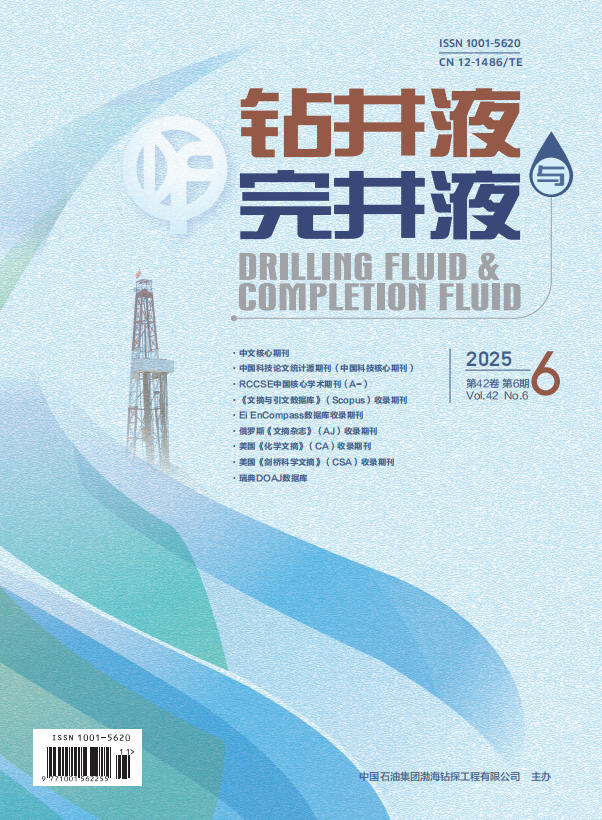Abstract:
The Sichuan Basin is characterized by complex geological structures. Take the Chuanxi area (West Sichuan) as an example, wells drilled in this area have depth of at least 7000 m, and the safe drilling windows are only 0.05-0.08 g/cm3. Losses of cementing slurry have been frequently encountered, reverse squeezing of cement slurry has to be performed for the well cementing to be certified. Percent qualified cementing job was only 39.6% (calculated by cemented length). Laboratory study has been performed on managed pressure well cementing technology to improve the quality of the well cementing job. Effects of the wellbore fluid density, drilling fluid rheology, displacement flow rate and the magnitude of managed annular pressures on the losses of cement slurry and displacement efficiency were analyzed. It was found that prior to managed pressure well cementing job, the density of the wellbore fluid should be decreased by 0.05-0.08 g/cm3, the yield point of the drilling fluid should be less than 6 Pa, the displacement rate should be at least 22 L/s, that is, the annular velocity should be 0.9 m/L or higher. Also, the displacement rate at the last stage of displacement should be varying based on the equivalent density of the weak zones along the wellbore. To overcome the shortage of conventional casing running operation and WOC techniques, managed pressure casing running technique and staged pressurizing/cementing techniques were used in the field operations. Managed pressure well cementing technology has been used 26 times on wells with narrow safe drilling windows in the Sichuan Basin, and many operation records were set; the deepest well cemented with this technology was 7793 m in depth, the narrowest safe drilling window was 0.05 g/cm3, rate of one-time return of cement slurry was 100%, rate of certified well cementing job was 100%, percent length of excellent well cementing job quality was increased from 21.45% to 44.58%. The managed pressure well cementing technology helped resolve the problems of cement slurry lossed and low return rate encountered in well cementing operations in the past.



